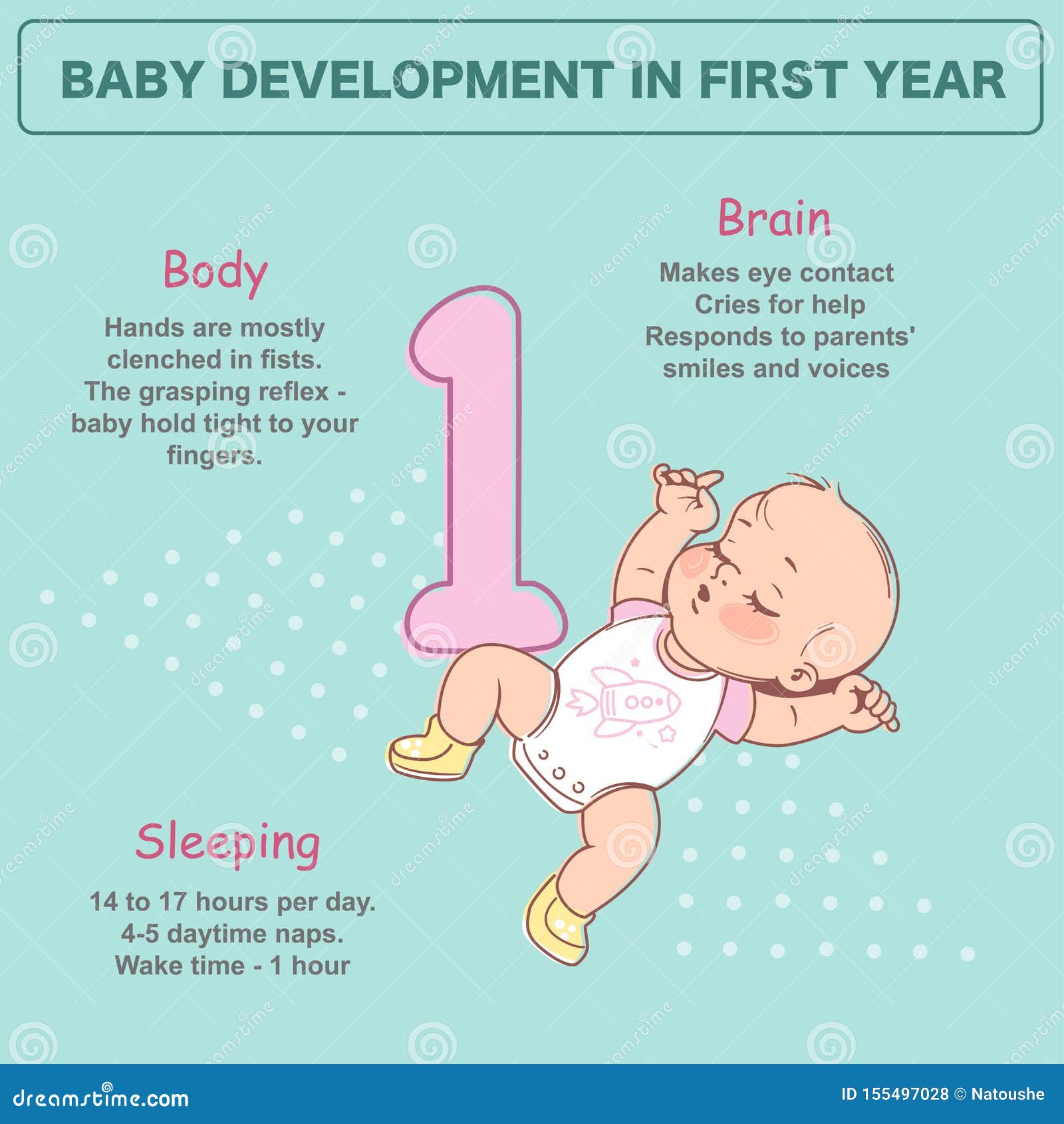 Source: bing.com
Source: bing.comCongratulations! You’ve just had a baby, and you’re probably wondering, what’s next? Your newborn will undergo a lot of changes, and there’s so much to learn about their development in the first month after birth. Here’s what you need to know about baby development 1 month after birth.
Table of Contents
Physical development
In the first month after birth, your baby will be growing and developing rapidly. They will likely gain weight and grow in length, and their head circumference will be measured to ensure their brain is growing properly. Their movements will become more coordinated, and they will have more control over their head and neck, allowing them to lift their head briefly while on their stomach. They will also start to grip objects, and may even grasp onto your finger.
Sensory development
Your baby’s senses are also developing rapidly during the first month after birth. They will be able to see objects up close, and their eyes will start to follow movement. They will also start to recognize familiar faces, including yours, and may even start to smile at you. Their hearing will also improve, and they may startle at loud noises.
Feeding
Feeding is an important part of your baby’s development in the first month after birth. If you’re breastfeeding, it’s important to nurse your baby frequently, as they will likely be hungry every 1-3 hours. Your baby should be gaining weight and producing wet and dirty diapers regularly. If you’re bottle-feeding, your baby will likely consume 1-3 ounces of formula every 2-4 hours.
Sleep
During the first month after birth, your baby’s sleep patterns will be unpredictable. They will likely sleep for 16-17 hours per day, but in short bursts rather than long stretches. It’s important to put your baby to sleep on their back, as this reduces the risk of Sudden Infant Death Syndrome (SIDS).
FAQs
Q: How often should I bathe my newborn?
A: You can bathe your newborn 2-3 times per week. Sponge baths are recommended until their umbilical cord stump falls off and the circumcision, if applicable, has healed.
Q: How can I bond with my newborn?
A: Bonding with your newborn can be done through cuddling, talking, singing, and skin-to-skin contact.
Q: When should I start tummy time with my baby?
A: You can start tummy time as early as 1-2 weeks after birth, as long as your baby is awake and supervised. Gradually increase the amount of tummy time as your baby gets stronger.
Q: How can I soothe my fussy newborn?
A: You can soothe your newborn by feeding them, rocking them, swaddling them, or holding them close. White noise or gentle music may also be helpful.
Q: When should I start taking my baby to the pediatrician?
A: You should take your baby to the pediatrician for their first check-up within the first week after birth, and then again at 1 month, 2 months, 4 months, 6 months, 9 months, 12 months, 15 months, 18 months, and 2 years.
In conclusion, the first month after birth is a time of rapid growth and development for your baby. Be sure to take care of their physical, sensory, feeding, and sleep needs, and don’t forget to bond with them through cuddling, talking, and skin-to-skin contact. If you have any concerns about your baby’s development, be sure to consult with your pediatrician.
